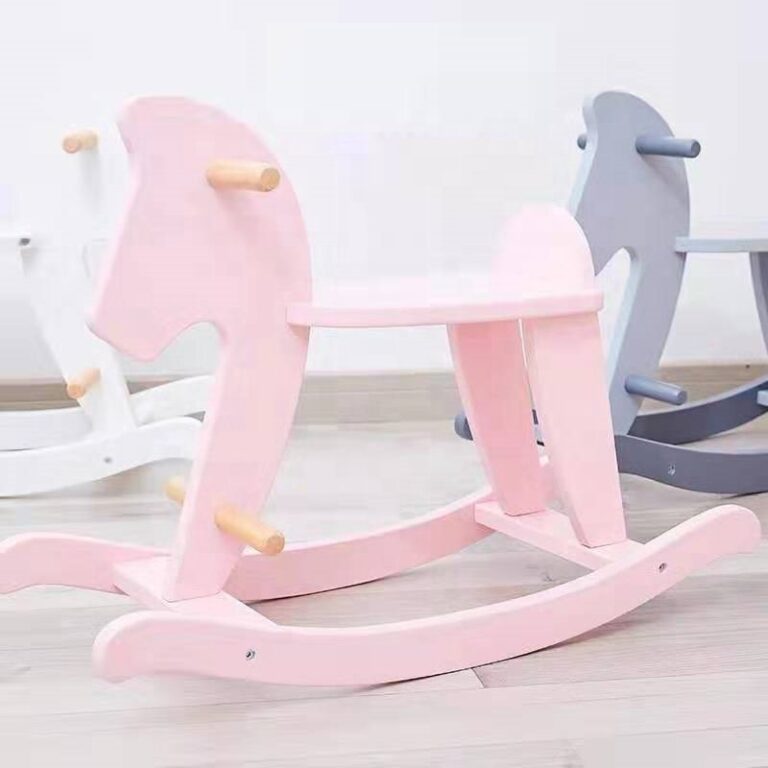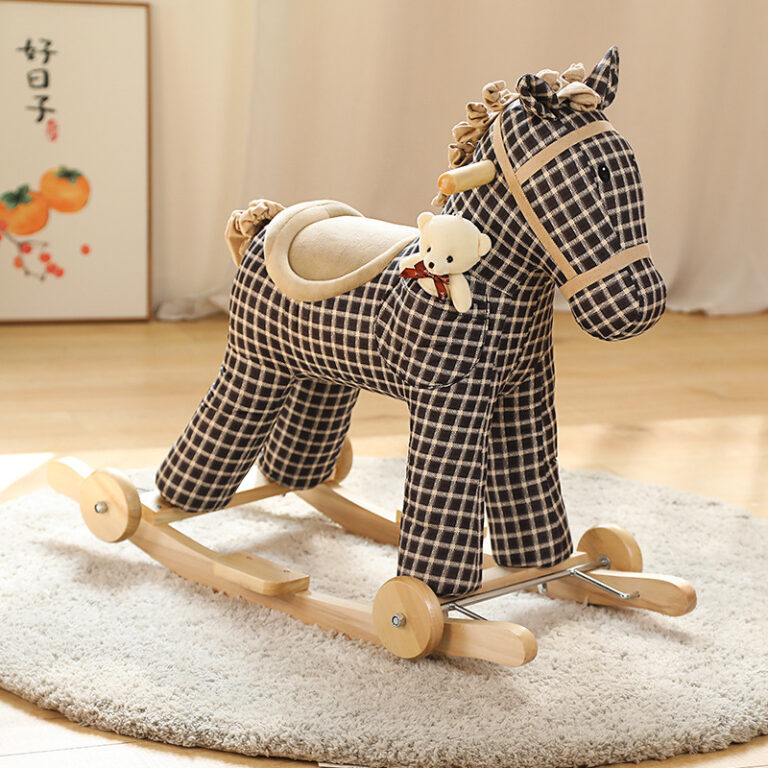jay@nbdho.com
How Handmade Wooden Toys Inspire Creativity in Young Minds
In today’s digital age, where screens and battery-operated toys dominate the market, handmade wooden toys stand out as powerful tools for nurturing creativity in children. These simple yet thoughtfully crafted items promote open-ended play and invite children to use their imagination in meaningful and lasting ways.
Open-Ended Play Opportunities
Handmade wooden toys often lack flashing lights, pre-programmed sounds, or fixed outcomes. This simplicity is intentional—it allows children to dictate how they play, rather than being guided by a toy’s limited functionality. For example, a set of wooden blocks can become a castle, a bridge, or a spaceship, depending on the child’s imagination. This type of open-ended play encourages creativity, innovation, and storytelling.
Tactile and Sensory Stimulation
Wooden toys provide a rich tactile experience. The natural texture, weight, and warmth of wood stimulate the senses in ways that plastic or electronic toys cannot. This sensory engagement supports brain development and fosters a deeper connection between the child and the object, making playtime more thoughtful and less distracted. It also encourages children to engage in prolonged, focused play sessions—an important part of creative thinking.
Minimalistic Design Sparks Imagination
Handmade wooden toys often have minimalist designs—no over-the-top colors or complex details. This leaves room for a child’s imagination to fill in the blanks. A plain wooden figure can be a farmer one day and a superhero the next. Such interpretive play helps children develop cognitive flexibility and emotional expression, which are essential components of creativity.
Encouraging Storytelling and Role Play
Dolls, animal figurines, and wooden kitchen sets crafted by hand invite role-playing and storytelling. As children invent characters and scenarios, they practice communication, empathy, and narrative development. Handmade toys, often with subtle details or unique imperfections, feel more personal and relatable—adding depth to the stories children create.
Artisan Quality and Emotional Connection
Knowing that a toy is handcrafted can create a stronger emotional bond. Parents often appreciate the care and craftsmanship behind handmade items and pass this appreciation to their children. The uniqueness of each toy—no two are exactly alike—gives children a sense of ownership and pride, which further encourages creative engagement and respectful handling.
Environmental Values Encourage Thoughtful Play
Most handmade wooden toys are produced with sustainability in mind, using natural, renewable materials and eco-friendly processes. This connection to nature and the environment often leads families and educators to incorporate broader themes of mindfulness and responsibility into play—adding another layer to creative exploration.
Conclusion
Handmade wooden toys do more than entertain; they empower children to imagine, invent, and express. By offering freedom, simplicity, and rich sensory experiences, these toys lay the groundwork for creativity that will benefit children far beyond their early years. In a world full of noise, handmade wooden toys provide the quiet space where true imagination can flourish.





